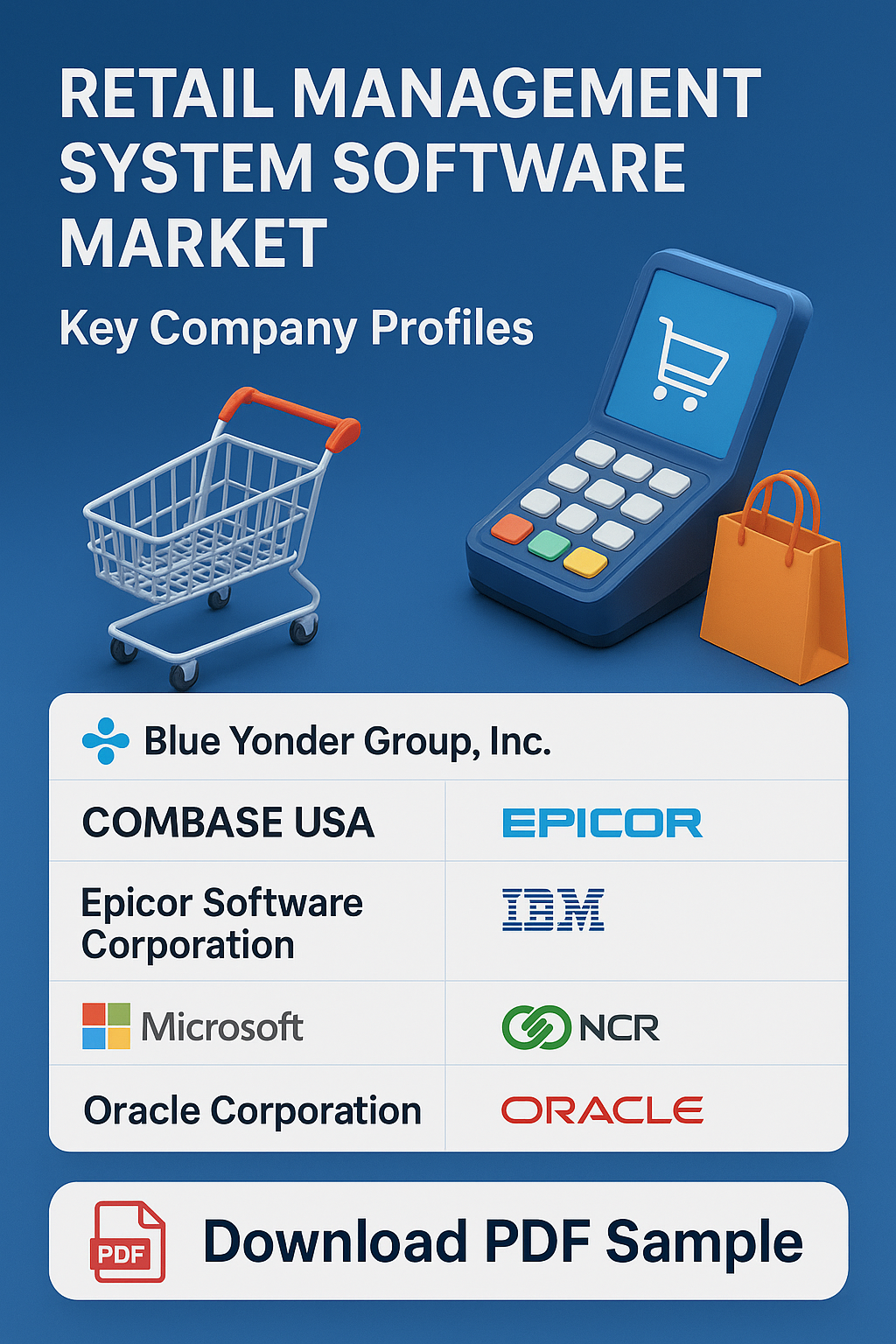DC Load Testing Systems: Essential for Power Equipment Validation
DC Load Testing Systems - DC electronic loads are essential for testing batteries, power supplies, and solar PV systems. Demand is growing with the rise of electrification in transport and distributed energy.
DC Load Testing Systems are specialized electronic loads designed to sink direct current, making them essential for testing all DC power sources. This includes a vast range of products, from small USB chargers and consumer electronics to large-scale EV battery packs and utility-grade DC power supplies. The market for DC systems is experiencing significant growth, primarily due to the global adoption of lithium-ion batteries and the expansion of DC-reliant infrastructure.
Modern DC load testing systems are defined by their high power and current capability (often thousands of Watts and Amperes), ability to operate at very low input voltages (critical for testing individual battery cells or low-voltage CPU/GPU power rails), and advanced measurement synchronization. A key differentiator is the availability of regenerative DC load banks, which are vital for battery cycle testing as they can repeatedly discharge and then feed the energy back into the grid, saving power and simplifying thermal management. Advanced features also include high-speed data logging to capture transient events and built-in interfaces for battery impedance measurement.
FAQ on DC Load Testing Systems Answer
Q1: What are DC load testing systems primarily used to test?
They are primarily used to test the performance and capacity of all DC power sources, including batteries, DC power supplies, solar panels, fuel cells, and DC-DC converters.
Q2: Why is the low-voltage operating range important for modern DC loads?
The low-voltage range (down to <1V) is critical for accurately testing individual battery cells and the power delivery networks for high-current, low-voltage processors (CPUs/GPUs).
Q3: What is a key benefit of using a regenerative DC load bank?
The key benefit is energy efficiency and reduced cooling costs, as the energy drawn from the DUT is converted and returned to the AC grid instead of being dissipated as heat.
More Relate Reports:
South Korea Industrial Boilers Market
Canada Li Ion Battery Recycling Market

